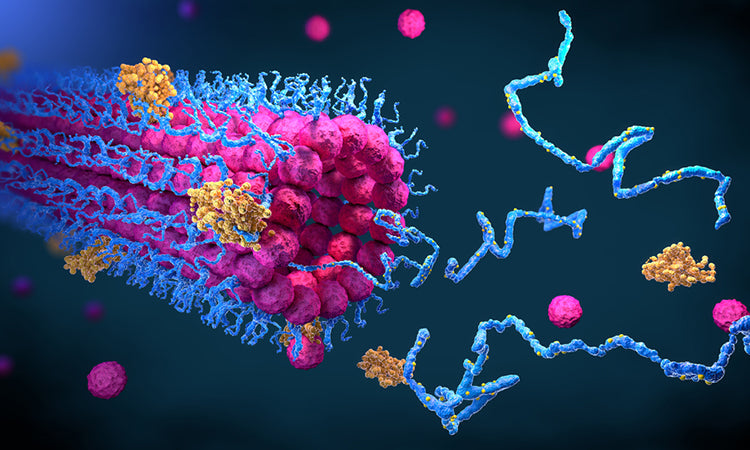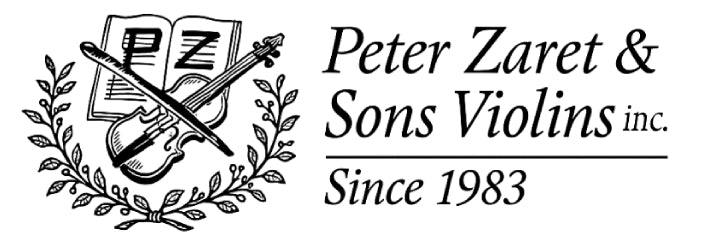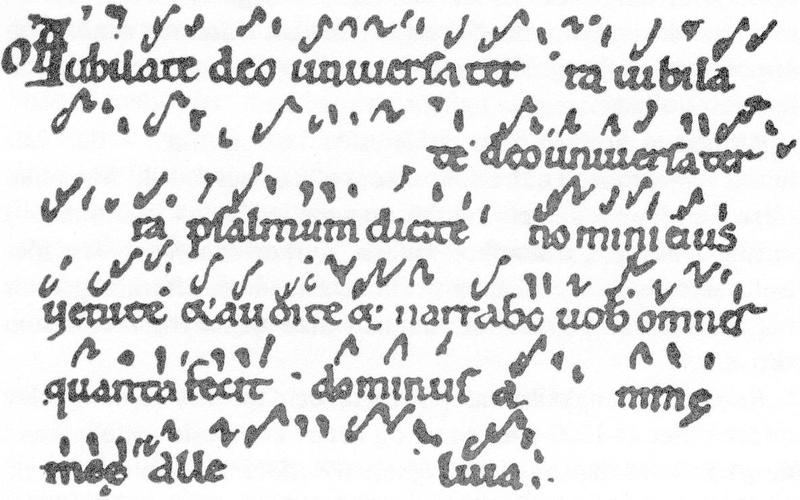Article: Protein Folding, Creative Evolution, and the Future of the Violin

Protein Folding, Creative Evolution, and the Future of the Violin
For more than two centuries, the violin has been both the most cherished and the most paradoxically frozen instrument in Western music. While new technologies have reshaped every corner of our lives, violin luthiery remains locked in a kind of historical stasis, repeating a golden past rather than experimenting toward new futures. To understand why, and how it might change, it is illuminating to turn not only to the history of music but also to the sciences of life and intelligence: protein folding, evolutionary biology, and machine learning.
Proteins Without Blueprint
Biologists have long puzzled over one of nature’s most enigmatic riddles: how a protein folds into its final three-dimensional shape. The sequence of amino acids encodes the “parts list,” but no analytical method—no rational deduction, no straightforward architectural logic—can predict the final form. Proteins, as commentators remind us, have no inherent rationality; evolution did not design them from the ground up, but stumbled upon irregular, often strange shapes that happened to work. Function emerged not through design but through history.
This is what made AlphaFold, DeepMind’s machine learning breakthrough, so transformative. Where analytical science could not calculate, machine learning could “learn” by pattern recognition, training on vast examples and discovering relational structures hidden to rational analysis. The black box of machine learning mirrored the black box of nature itself: non-representational, non-analytical, and yet profoundly generative.
Bergson’s Élan Vital and the Creative Spirit
Here we can draw upon the philosopher Henri Bergson, who in Creative Evolution (1907) argued that life’s forward motion is not reducible to mechanism or representation. Life advances through what he called élan vital—a vital impulse that cannot be fully captured by analytical categories. Evolution is not a rational architect but a creative improviser.
In protein folding, we see élan vital in action: the living world’s irreducible play, forming structures without blueprint, logic, or fixed notation. Machine learning’s success in modeling this process shows us how progress can be made by embracing non-representational ways of knowing.
Violin Luthiery and the “Chill Museum”
By contrast, violin luthiery has fallen into what Richard Taruskin famously described, in another context, as the “chill museum” of classical music. Performers and makers alike act as curators of a sacred past rather than proprietors of a living present. Where proteins evolve into ever-new forms, violin design has been deliberately frozen, as though the perfection of Stradivari and Guarneri must never be questioned.
This curatorial stance mirrors the dominance of representational rationality—accuracy, replication, preservation—over relational rationality—creativity, improvisation, play. Randolph Coleman lamented the exile of homo ludens (man at play) from elite musical training, replaced by repetition, standardization, and conformity. The violin itself reflects this exile: a relic held in reverence, but deprived of the vital force that would allow it to evolve.
Machine Learning, Music, and Instrument Futures
If machine learning can advance science where analytical reason falters, what might this suggest for music and instrument making? Just as proteins fold without blueprint, so too might musical cultures grow not from architectural design but from relational improvisation and embodied play.
In this light, a violin bow redesigned with indestructible synthetic hair is not merely a technical improvement. It is a challenge to the museum-logic of luthiery. It represents the possibility of aligning the violin once again with the élan vital of its cultural present—where music thrives not in written notation or historical curatorship, but in living, oral, and digital traditions of improvisation, exchange, and play.
Toward a Living Instrument
The lesson of AlphaFold is that knowledge advances when we move beyond rigid, representational systems of thought. The lesson of Bergson is that creativity always exceeds analysis. The lesson of Taruskin is that clinging to heritage without playfulness suffocates vitality.
For the violin to remain a living instrument, it must rejoin the flow of élan vital that moves our age: improvisatory, oral, experimental, technologically entangled. Just as proteins find their shape through non-rational histories, the violin must find its future not by preserving the past but by daring to fold, twist, and evolve into new forms.



1 comment
Hi Mr. Rogich, I enjoyed your essay so much that I’d like to make a few comments. I made my living as a biology professor and taught biochemistry. Your coverage of protein folding is spon on. Bergson’s creative evolution is an important document in the philosophy of biology. Let me add an interesting old evolutionary biologist, Edward Blythe. He operated before Charles Darwin and Alfred Wallace did their thing. Blyth had devised a theory of natural selection well before Darwin and Wallace, but with a twist: in his version natural selection acted to prevent organisms from evolving. His theory, generalized quite well to cultural evolution, especially conservative movements. Some kinds of biblical scholarship are like that. The scholars study and build theories, but things only rarely change. Steven J. Guild called this for of evolution “Punctuated Equilibrium:” long periods of stability with rapid change.
When my daughter was in fourth grade, she took violin at school, and I got her a nice second hand instrument. I decided to get involved, and bought myself a broken old violin. My intuition that it was a good violin was confirmed by an old luthier who restored it. I’m struggling to play any of my instruments now because of arthritis and nerve deterioration. But I can still hear pitch and I was once a pretty good chorister.
To the 1500s, fiddles, viols, rebecs and what not were all highly variable. In the transition from renaissance to early baroque viols and other instruments (Like recorders) were organized into consorts with the bass, tenor and alto of vocal choruses, When the violin family came into prominence, its “Consort” is quite variable. The bass is clearly a viol and not a big violin. Even the cello is not just a scaled up violin, and its technique of playing isn’t the same either.
I think the violins are one of the oldest elements of technology to remain “State of the art” in any field. John James Audubon made part of his living as a violin teacher and as a fencing instructor. (He was a genius,) Playing violin is state of the art. Fencing is not.
Thank you for your inspiring work.
Best wishes,
Norman Woldow
Norman Woldow
Leave a comment
This site is protected by hCaptcha and the hCaptcha Privacy Policy and Terms of Service apply.